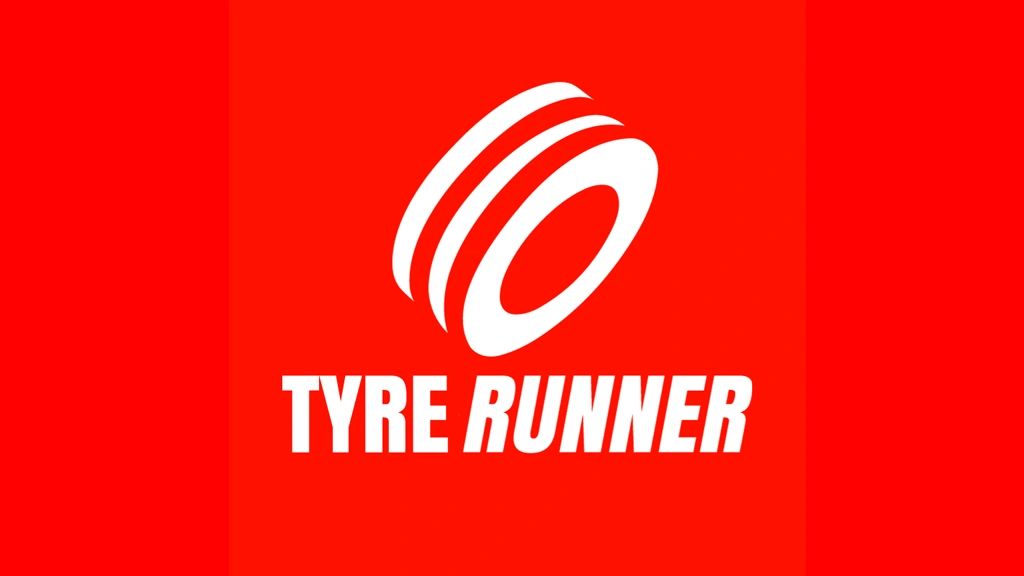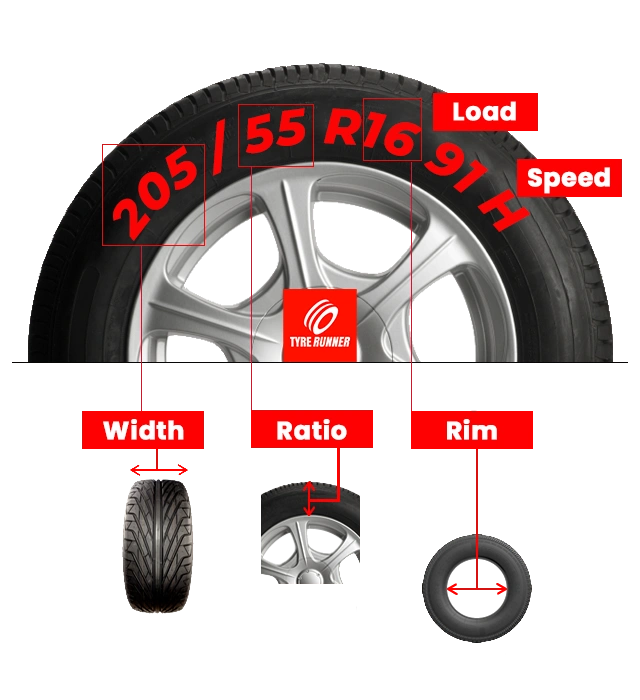How to Read Your Tyre Size: The Easy Guide (What Size Are My Tyres?)
If you’ve ever looked at the sidewall of your tyre and felt like you were trying to decode a secret message, you’re not alone. Understanding your tyre size might seem technical at first, but it’s actually quite straightforward—and once you know what to look for, it can save you time, money, and even improve your car’s performance.
In this guide, we’ll walk you through how to read your tyre size step-by-step and explain why it matters. We’ve also included a helpful visual diagram to make things even easier. Let’s dive in!
Breaking Down the Code
The first number, 205, represents the width of the tyre in millimetres. This is measured from sidewall to sidewall and directly affects how much of the tyre touches the road. Wider tyres can offer more grip, while narrower ones may improve fuel efficiency.
Next comes 55, which is the aspect ratio. This is the height of the tyre’s sidewall expressed as a percentage of the width. In this case, the height is 55% of 205mm. A lower ratio usually means better handling, while a higher ratio can provide a more comfortable ride.
The “R” that follows stands for radial construction, which is standard on almost all modern tyres. It simply means the internal cords are arranged radially, or across the tyre. You’ll notice this as part of the “R16” in the image.
Then comes 16, which tells you the diameter of the wheel rim (alloy) in inches. This is the size of the wheel that the tyre will fit onto.
After that, 91 is the load index—a numerical code that indicates the maximum weight the tyre can carry when properly inflated. In this example, a load index of 91 means the tyre can support up to 615kg. This is marked as “Load” in the top right of the diagram.
Finally, we have the speed rating, shown here as “H”, which tells you the maximum speed the tyre can safely sustain. An “H” rating means the tyre can handle speeds of up to 130 mph (210 km/h).
Why Tyre Size Matters
Once you break it down—and use helpful tools like our visual guide above—you’ll feel confident reading the sidewall of any tyre. Whether you're replacing a worn-out set, switching for the season, or shopping for a better deal, knowing your tyre size ensures you're getting the right fit every time.
Getting the tyre size right isn’t just about making sure the tyres fit—it impacts everything from handling and braking performance to fuel economy and overall safety. Choosing the wrong size could affect your speedometer, cause uneven tyre wear, or even lead to MOT failure.
If you're buying tyres online or comparing options, knowing your correct tyre size is essential. And at Tyrerunner.com, we've made it easy—just enter your vehicle registration or the size from your tyre’s sidewall, and our system will do the rest.



Comments